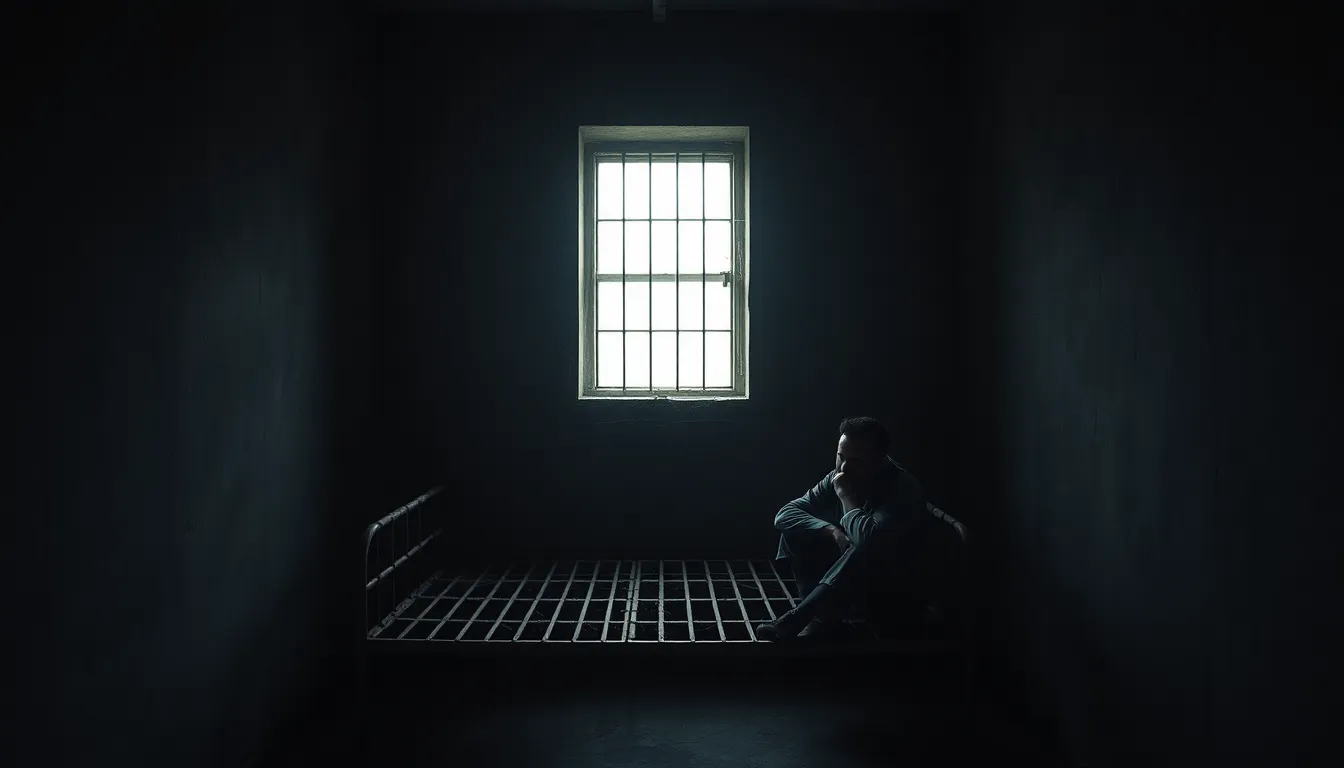Luis Garavito, the infamous Colombian serial killer, is a name that sends chills down the spine. While many are familiar with his gruesome past, the mystery surrounding his cause of death remains a hot topic. Did he meet a fitting end, or is there more to the story than meets the eye?
Table of Contents
ToggleOverview of Luis Garavito
Luis Garavito, widely recognized as one of Colombia’s most infamous serial killers, committed horrendous crimes during the 1990s. Reports indicate that he murdered over 140 young boys, making him one of the deadliest offenders in history. His modus operandi involved luring victims with promises of work or money before subjecting them to brutal assaults.
Born in 1957 in Génova, Colombia, Garavito faced a troubled childhood, marked by abuse and neglect. The impact of his early experiences may have played a role in shaping his violent behavior. He often targeted vulnerable individuals, emphasizing his calculated approach to hunting victims.
In 1999, authorities captured Garavito after a rigorous investigation. The discovery of his dark past shocked the nation. During the trial, he confessed to his crimes, detailing the torture he inflicted on his victims. His confessions revealed a chilling lack of remorse, adding to the horror surrounding his actions.
Garavito received a lengthy prison sentence. Colombian law permitted a reduced sentence for cooperation with authorities, resulting in a controversial decision regarding his punishment. Many citizens expressed outrage over the possibility of his early release, highlighting the profound impact of his crimes on Colombian society.
Current reports about him often focus on the mystery of his fate. Speculations about his death and the residual effect of his actions remain a topic of discussion. The legacy of terror left by Garavito endures, influencing perceptions of justice and morality within the country.
Background on Luis Garavito’s Life

Luis Garavito remains a central figure in discussions about criminal behavior in Colombia. His life story begins with significant struggles and culminates in infamous actions that shocked the nation.
Early Years
Born in 1957 in Génova, Colombia, Garavito’s childhood faced immense challenges. Neglect and abuse marked his upbringing, creating a turbulent environment that likely influenced his later behavior. At a young age, he exhibited signs of emotional and psychological distress. These early experiences played a pivotal role in shaping his violent tendencies. Parents often ignored him, leaving him yearning for attention. As years passed, his unstable childhood created a foundation for the darkness that would follow.
Criminal Activities
During the 1990s, Garavito committed heinous crimes that terrorized Colombia. Recognized as one of the deadliest serial killers, he targeted vulnerable young boys, luring them with false promises of work or money. His calculated methods involved manipulation, using charm to gain trust before unleashing brutality. Authorities estimate he murdered over 140 boys, making each abduction more chilling than the last. Confessions during his trial revealed his chilling lack of remorse. Released into deeper discussions about criminal psychology, Garavito’s actions sparked national outrage and concerns about justice.
Exploration of Cause of Death
The circumstances surrounding Luis Garavito’s death remain shrouded in mystery, with a mix of official reports and widespread speculation.
Official Reports
Official accounts suggest that Garavito died in prison, although the details remain vague. Reports indicate that he passed away on February 12, 2023. Authorities initially cited natural causes as the reason for his death, suggesting health issues as the contributing factor. Conflicting information about his medical history complicates the narrative, leading to further questions among the public. Colombian justice officials assured the community that his passing would be investigated thoroughly to ensure accuracy.
Speculations and Theories
Speculation about Garavito’s death includes theories that he may have met with foul play. Some sources claim that prison conditions could have led to his untimely demise, given his notorious status. Others point to possible retaliation from other inmates. The lack of concrete information has fueled ongoing debate, with many suggesting that the official reports fail to address the complexities of his situation. Online forums and news articles continue to stir discussion, keeping the conversation alive about the potential implications of his death on broader societal and justice issues.
Impact and Legacy
Luis Garavito’s case left a significant mark on Colombian society, prompting widespread discussions on crime, justice, and morality. His actions generated intense public outcry, which continues to resonate today.
Public Reaction
Public reaction to Garavito’s crimes was immediate and fierce. Many Colombians expressed outrage over his lenient sentencing, feeling that justice was not served. Families of victims sought closure, yet the possibility of early release for Garavito fueled their anger. Protests emerged across the country, demanding stricter laws and protections for children. In the media, Garavito’s heinous acts prompted debates about the legal system’s failures. Public sentiment often centered on the need for comprehensive reforms to prevent similar atrocities.
Cultural Depictions
Cultural depictions of Garavito reflect society’s fascination and horror at his crimes. Documentaries and films have explored his dark legacy, often portraying him as a symbol of evil. Artists and writers attempt to grasp the complexities of his character, delving into the psychological aspects of his actions. Television series have dramatized his story, making it accessible to a wider audience. These representations can shape public perception, influencing how new generations view crime, punishment, and justice in Colombia.
Luis Garavito’s life and crimes have left an indelible mark on Colombian society. His death in prison has only intensified the discussions surrounding his legacy and the justice system’s response to such heinous acts. While official reports attribute his passing to natural causes, the uncertainty and speculation about the true circumstances continue to provoke debate.
The societal implications of Garavito’s actions and the subsequent legal reactions highlight ongoing concerns regarding child protection and the effectiveness of justice in Colombia. As the nation grapples with the aftermath of his crimes, the focus remains on ensuring that history doesn’t repeat itself and that the voices of victims are never forgotten.








